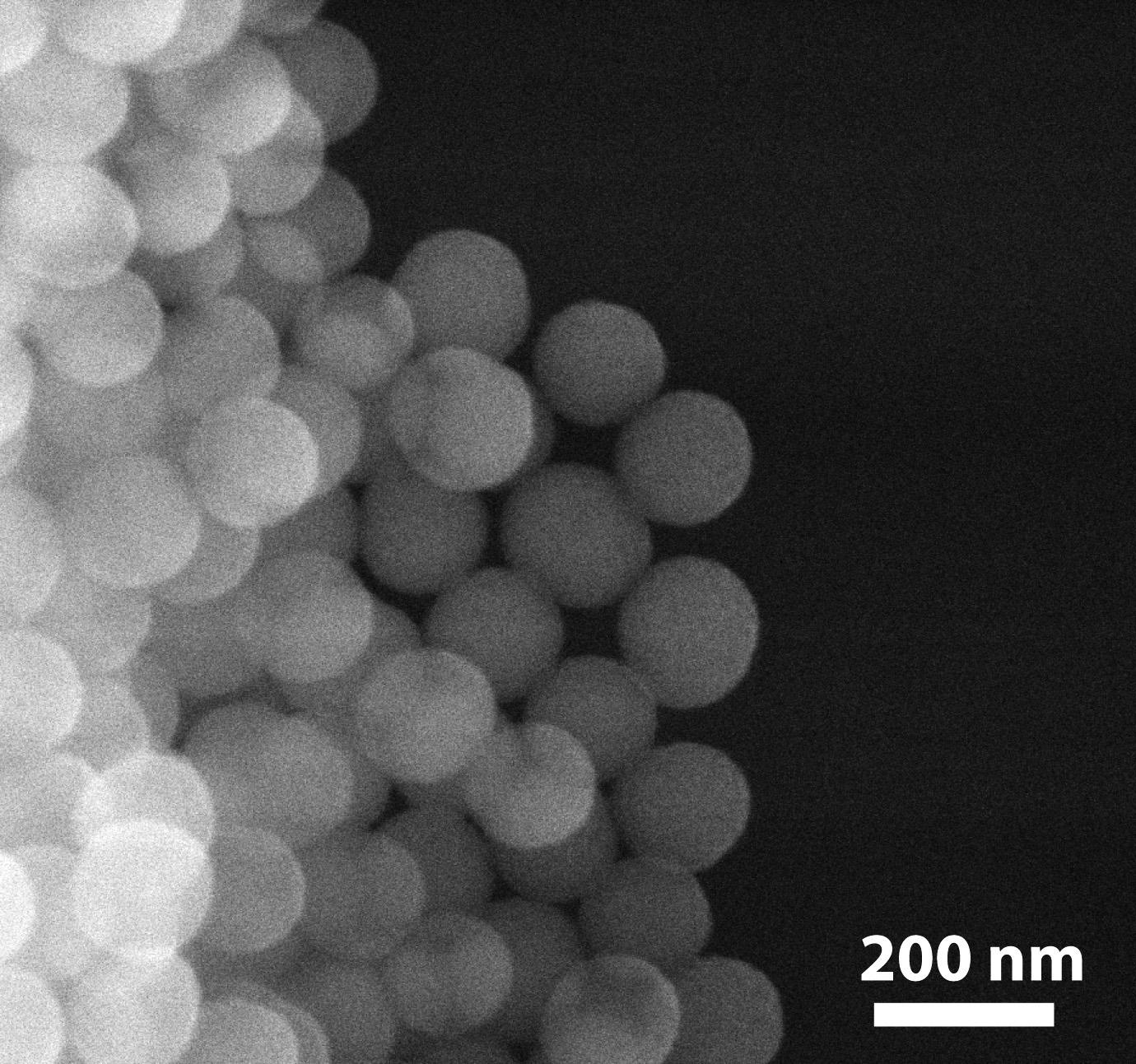Can we store data safely for 2,000 years?

A fossilised library
From ‘fossilised’ data to a salamander robot, here are some of the ways that Swiss scientists have drawn on Mother Nature’s expertise to develop their own technological innovations.
Today’s scientists have access to some mind-bogglingly sophisticated resources, from satellites and supercomputers to 3D printers. But sometimes, answers to the most difficult questions can still be found offline and outdoors.
“Nature has been innovating for much longer than we have, and we have lots to learn,” says Darja Dubravcic, coordinator of the Bio-inspired Projects PlatformExternal link at the Swiss Federal Institute of Technology in Lausanne (EPFL).
Dubravcic says that an advantage of nature-inspired innovation, or biomimicry, is that it can lead to technologies that are sustainable as well as useful.
“Nature is sustainable by definition – it usually uses the least amount of energy possible, and it works in systems. Humans still don’t know how to create optimal systems, because we are more focused on short-term maximisation,” she says.
Dubravcic explains that some researchers prefer to identify a natural system and then search for ways to exploit it, while others use biomimicry to see if a problem can be solved using a process that already exists in nature.
In the Chemistry Department at Federal Technology Institute ETH Zurich, Robert GrassExternal link prefers to work using the latter approach.
“You start with an idea, and then you look at nature and see, aha, here is something very similar to my idea. You can find an explanation for how that works, and why it is important in a natural system,” he says.
One of Grass’s ideas concerns how to store data – whether it’s Facebook’s databases, books, or the photos on your laptop – safely for thousands of years.
“Data is very fragile, and we have to take care to maintain it,” Grass says, noting that most hard drives aren’t designed to last more than 10-20 years.
In searching for solutions, Grass and his colleagues considered nature’s hard drive – DNA. Its double-helix molecules are perfect for storing vast amounts of data compactly: the DNA in a single human cell can contain the entire genome, or about 1 gigabyte.
But the message DNA encodes becomes garbled as it reacts with other molecules in the environment over time. A rare place DNA can survive for millennia is in fossilised bone, teeth, or eggshell (but not amber, as Jurassic Park famously suggested).
So Grass and his colleagues encoded digitised data in synthetic DNA, and then “fossilised” the molecules by coating them in nanometre-thick layers of glass. After being stored this way, a DNA sequencer can “read” the DNA and turn it back into digitised data, which can be converted to the original text or photo using a translation code.
The researchers have shown that their method should preserve data for up to 2,000 years.
“I think it would be extremely interesting to store something democratic like a copy of Wikipedia at one point in time,” Grass says.
Salamanders and secrets of the spine
Back at EPFL, Biorobotics Laboratory head Auke IjspeertExternal link has developed a “robot salamander” – a remote-controlled “skeleton” that can swim and walk. It may look like a toy, but Ijspeert says it is an extremely useful tool for understanding animal locomotion – particularly the mysteries of spinal cord function.
“The salamander is a very good representation of the first animal that made the transition from swimming to walking, which is a key moment in the evolution of locomotion. We want to use the robot to understand the spinal cord, which is the main control centre for animal locomotion,” Ijspeert explains.
“A fundamental understanding of the function of the spinal cord can help find the best means of re-stimulating and reactivating those circuits with neuroprosthetic devices for paraplegic patients.”
Ijspeert says that he is fascinated by nature-inspired innovation, not just because of what the natural world has to offer robotics research (“animals are just amazing!”) but because it allows engineers to share what they learn with biologists, too.
But, Ijspeert cautions, researchers shouldn’t do this type of research just for the sake of being “cool” or interdisciplinary.
“There is a bit of risk that if you do [bio-inspired innovation], you don’t contribute to either engineering or to biology, because you are in the middle. A bio-inspired approach is only useful in the long run if it really contributes to better engineering techniques than we had before, or to a better understanding of biology than you could get without these tools,” Ijspeert says.
What are your favourite examples of innovations inspired by nature? Share them in the comments!

In compliance with the JTI standards
More: SWI swissinfo.ch certified by the Journalism Trust Initiative














You can find an overview of ongoing debates with our journalists here . Please join us!
If you want to start a conversation about a topic raised in this article or want to report factual errors, email us at english@swissinfo.ch.